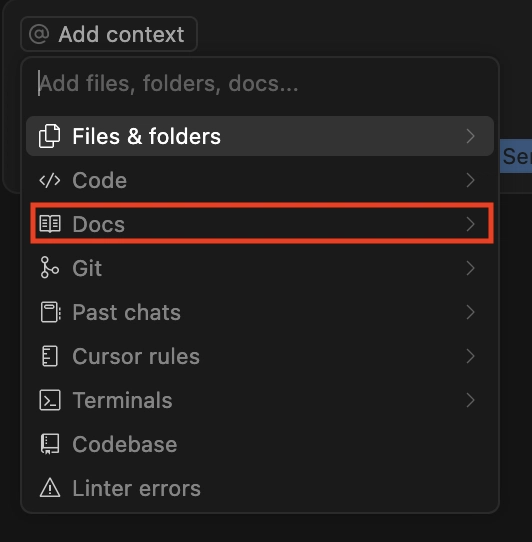TypeScript 'Satisfies' Operator: Complete Guide with Examples
TypeScript's satisfies operator solves a common dilemma in type checking: how to verify that a value matches a type while keeping its precise type information. Before satisfies, developers had to choose between type safety and type precision - now we can have both. What Problem Does It Solve? When working with TypeScript, we often face a choice: Use type annotations (:type) - which gives us type checking but can widen our types Use type assertions (as const) - which preserves literal types but skips type checking Use satisfies - which gives us the best of both worlds! Think of satisfies as a type checker that validates your code without changing how TypeScript sees your values. It's particularly useful when working with object literals, string literals, and arrays where you want to maintain exact types while ensuring type safety. Let's look at the type widening problem first: const colors = { primary: "#0077ff", //

TypeScript's satisfies operator solves a common dilemma in type checking: how to verify that a value matches a type while keeping its precise type information. Before satisfies, developers had to choose between type safety and type precision - now we can have both.
What Problem Does It Solve?
When working with TypeScript, we often face a choice:
- Use type annotations (
:type) - which gives us type checking but can widen our types - Use type assertions (
as const) - which preserves literal types but skips type checking - Use
satisfies- which gives us the best of both worlds!
Think of satisfies as a type checker that validates your code without changing how TypeScript sees your values. It's particularly useful when working with object literals, string literals, and arrays where you want to maintain exact types while ensuring type safety.
Let's look at the type widening problem first:
const colors = {
primary: "#0077ff", // 








































































































































































![[The AI Show Episode 142]: ChatGPT’s New Image Generator, Studio Ghibli Craze and Backlash, Gemini 2.5, OpenAI Academy, 4o Updates, Vibe Marketing & xAI Acquires X](https://www.marketingaiinstitute.com/hubfs/ep%20142%20cover.png)



























































































































![[DEALS] The Premium Learn to Code Certification Bundle (97% off) & Other Deals Up To 98% Off – Offers End Soon!](https://www.javacodegeeks.com/wp-content/uploads/2012/12/jcg-logo.jpg)


![From drop-out to software architect with Jason Lengstorf [Podcast #167]](https://cdn.hashnode.com/res/hashnode/image/upload/v1743796461357/f3d19cd7-e6f5-4d7c-8bfc-eb974bc8da68.png?#)






































































































.png?#)




.jpg?#)
































_Christophe_Coat_Alamy.jpg?#)
 (1).webp?#)









































































































![Rapidus in Talks With Apple as It Accelerates Toward 2nm Chip Production [Report]](https://www.iclarified.com/images/news/96937/96937/96937-640.jpg)






































































































































